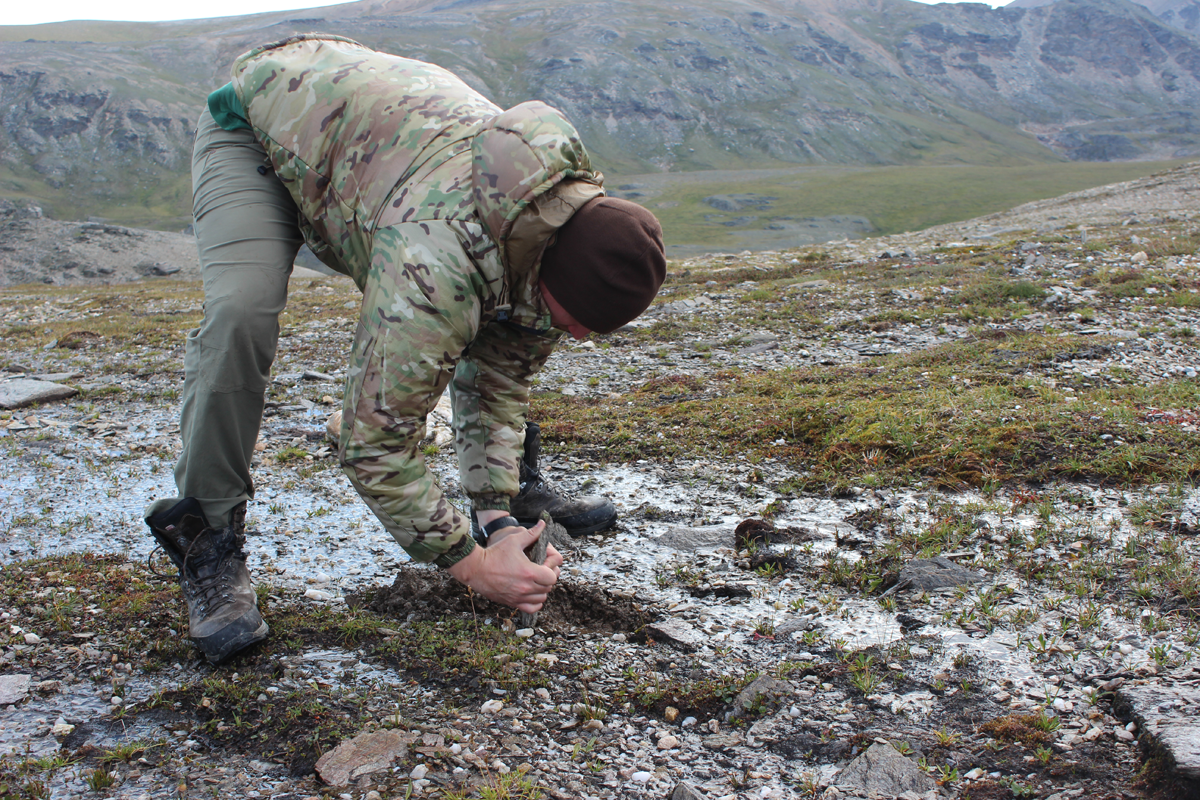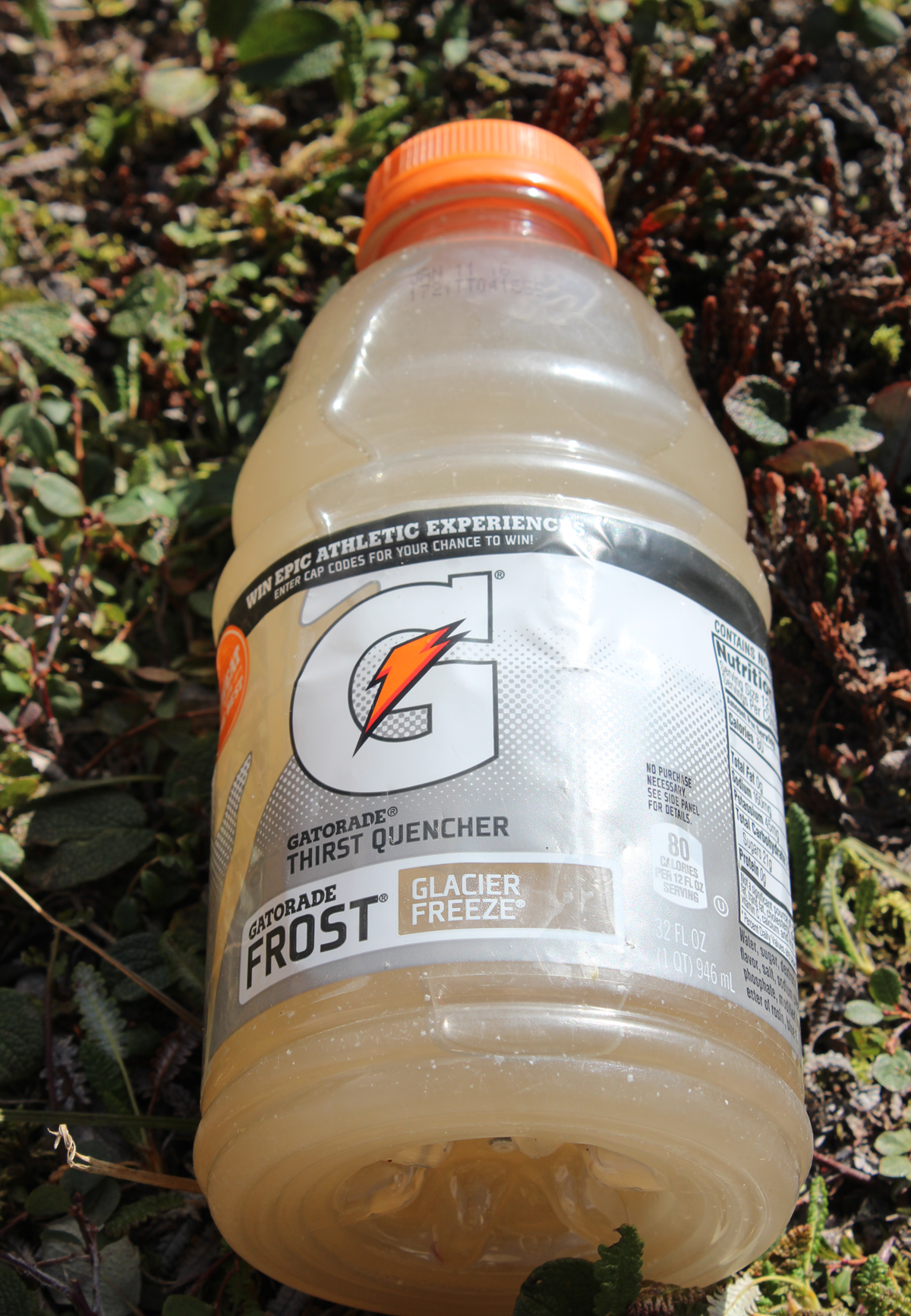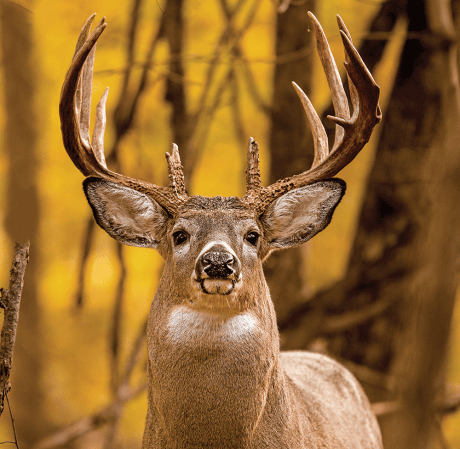We may earn revenue from the products available on this page and participate in affiliate programs. Learn More ›

It’s a basic, simple fact that we need to stay hydrated in the field. It’s important not only for surviving, but for being able to hunt effectively. If you are dehydrated, you lose endurance, mental focus, and decision-making skills, and you are more susceptible to hypothermia.
On a mountain hunt, I am constantly thinking about water. How much do I have left, where’s the next place to find it, and how much will I need to drink while getting there?
So, how much water should you be drinking? The answer varies from person to person, but mountain hunting is strenuous, and even when it’s cold, your body uses probably twice the amount of water that it does when you’re not active at lower elevations. Before heading to an area where water isn’t readily available, or whenever I think I may not be able to resupply for a while, I chug absolutely as much of it as I can stomach where and when I do have water, then I top off my bottles.
If you slam a 32-ounce bottle of water, then go without for several hours of strenuous activity, you will stay reasonably hydrated, although your mouth may get dry. It’s one of the rules of the feast-or-famine life of a mountain hunter: conserve water when you need to, and drink in excess when you can. And remember to keep drinking water even if you’re soaked from rain and cold; your body needs it to work properly.
So how do you find water in the mountains? Getting water out of a creek or lake is the most straightforward method, but often you are thousands of feet above a creek on a ridgeline, and assuming it’s not a life-or-death situation, it’s not worth the hike. If you have a good filter or water treatment drops (which I prefer), you can drink just about anything.
On a recent sheep hunt, we got one day’s supply of water from a seep on a soft shale ridgeline. There wasn’t much water visibly running, but it was there. To make the water useable and easy to get, we used rocks to dig holes for it to accumulate in. Initially it was solid mud, but after a couple of hours the chunks settled out and the water cleared up.
Above treeline, when you find spots that are much greener or have more plant growth than the adjacent area, that’s your sign that there is useable water close to the surface. Just as in lower elevations, water will collect in the low spots, so focus on the saddles in ridgelines and the top end of drainages, even thousands of feet above where a creek actually flows on the surface.
Also, don’t let a little silt or mud scare you. As long as you can filter or treat your water, you’ll be fine. I prefer the treatment drops (Aquamira) because I don’t like dealing with pumping water through a filter, and some of the muddy and silty stuff can clog a filter up. On that recent sheep hunt, we drank a lot of water that looked like this:

You may be tempted to melt snow or ice, rather than drink water so silty you can’t see your hand through the bottle. But unless you have extra fuel to melt it, you are much better off drinking silt. The amount of fuel you burn to produce the actual amount of water you get is pretty pathetic.















